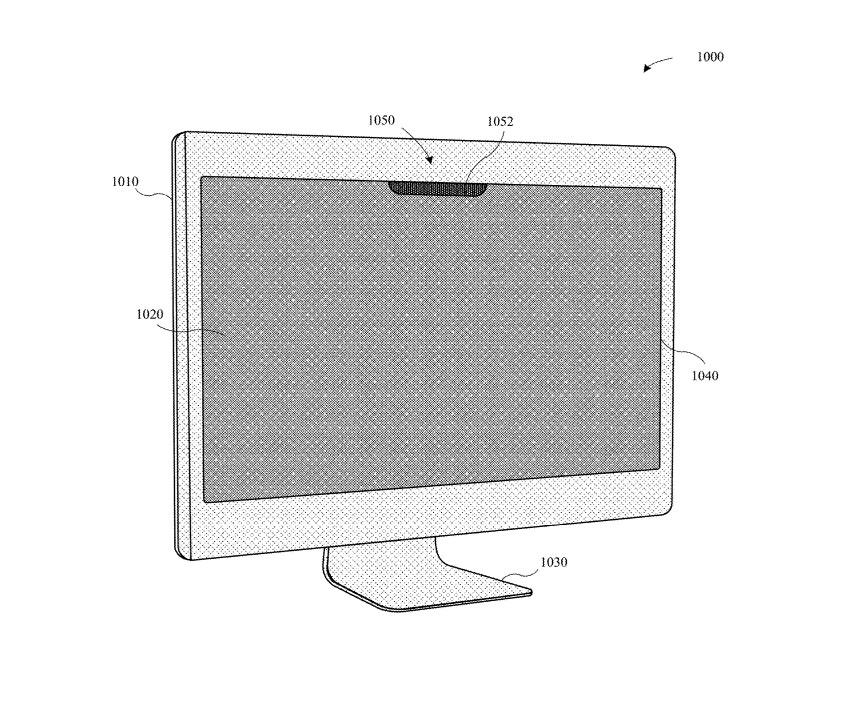Notch on iMac? Apple patent reveals plans for Face ID on MacBooks & desktops
Apple has patented a way to bring Face ID to MacBooks and desktops, using a notch and infrared light.
 If it materialises, users will be able to unlock their MacBooks with two methods. (Image: Apple)
If it materialises, users will be able to unlock their MacBooks with two methods. (Image: Apple) First introduced on the MacBooks back in 2016, Touch ID has remained the staple form of authentication on those macOS-powered devices ever since. It’s convenient, it’s fast, and nothing beats the technology in terms of security. However, a new patent hints that Apple could be working on an alternative to the touch-powered authentication method.
As reported by Apple Insider, the patent titled “Light Recognition Module for Determining a User of a Computing Device” describes how the camera on top of the display (now in a notch) could recognize the user’s face and take them to the home screen automatically. The patent says that “to prevent unauthorized users from accessing this sensitive data, these computing devices may incorporate systems and mechanisms for authenticating users.”
The patent does not mention Face ID by name, but it’s obvious it’s referring to the same technology. Apple says that the Face ID module will be in a partition, which could be “disposed adjacent to the display layer,” or above it. “In some examples, the partition is a notch, a circle, an ellipse, a polygonal shape, a series of polygonal shapes, a curvilinear shape, or the like.”
If Apple’s patent filings are to go by, the company has been working on Face ID for the MacBooks for years now. However, one possible challenge is the lack of space. Laptop lids are much thinner than iPhones, so fitting the complex sensors required for Face ID could be difficult.
The patent acknowledges this and says that Face ID technology “should be compact (or have thin profiles) without sacrificing accuracy of user recognition.” It also proposes a solution: “a predetermined pattern of light (e.g., infrared light) and a light detector that is capable of detecting a pattern of light caused by reflection of the predetermined pattern of light from an object (e.g., a user).”
 Notch on an iMac-like chassis? (Image: Apple)
Notch on an iMac-like chassis? (Image: Apple)
The patent even suggests that this tech could be integrated into Apple’s desktop products, with a notch included. This would be a first since the notch has been limited to the MacBooks and iPhones.
Of course, we’ll have to wait and see if this patent becomes a reality. Apple, like any other major tech company, often patents many ideas but not all of them come to fruition.







